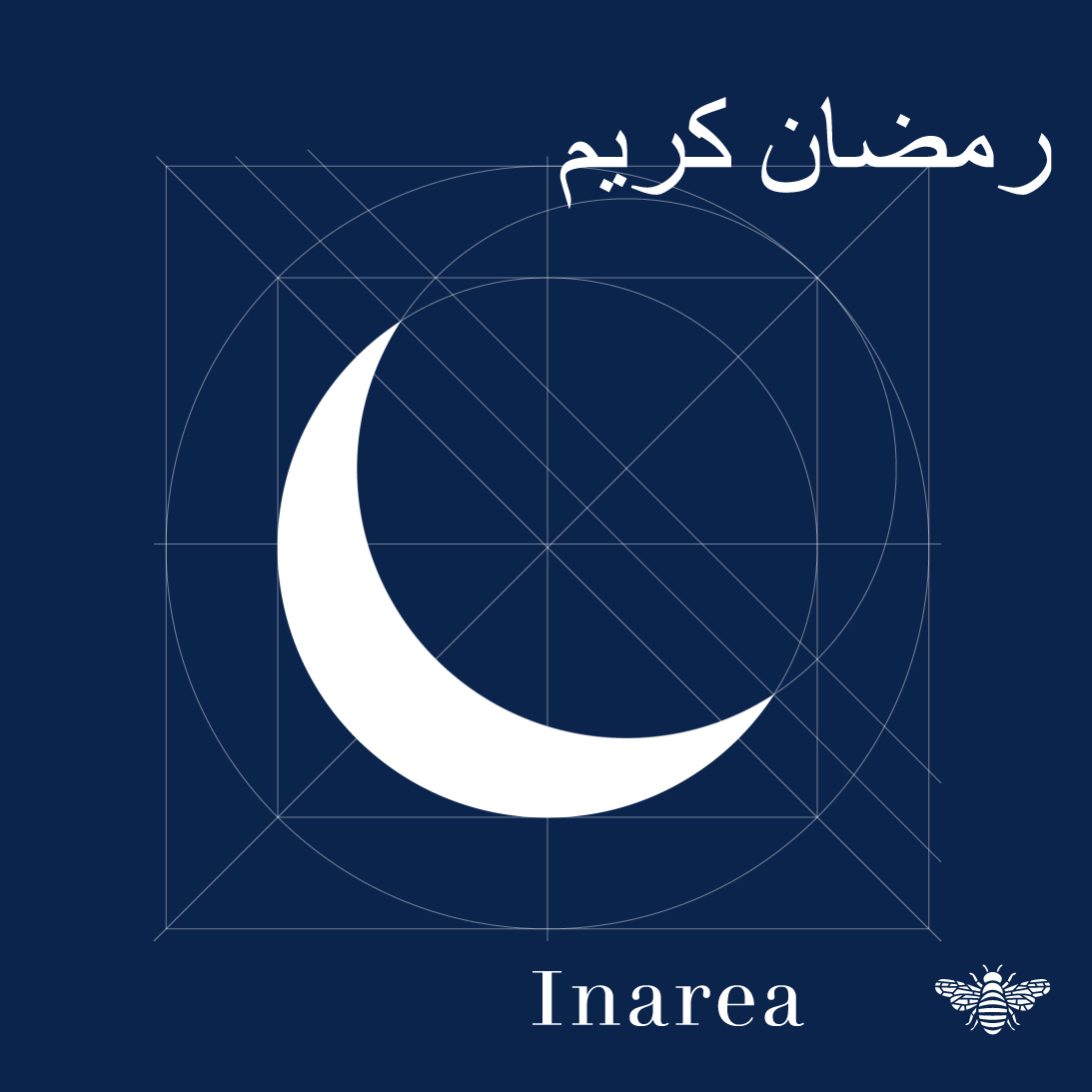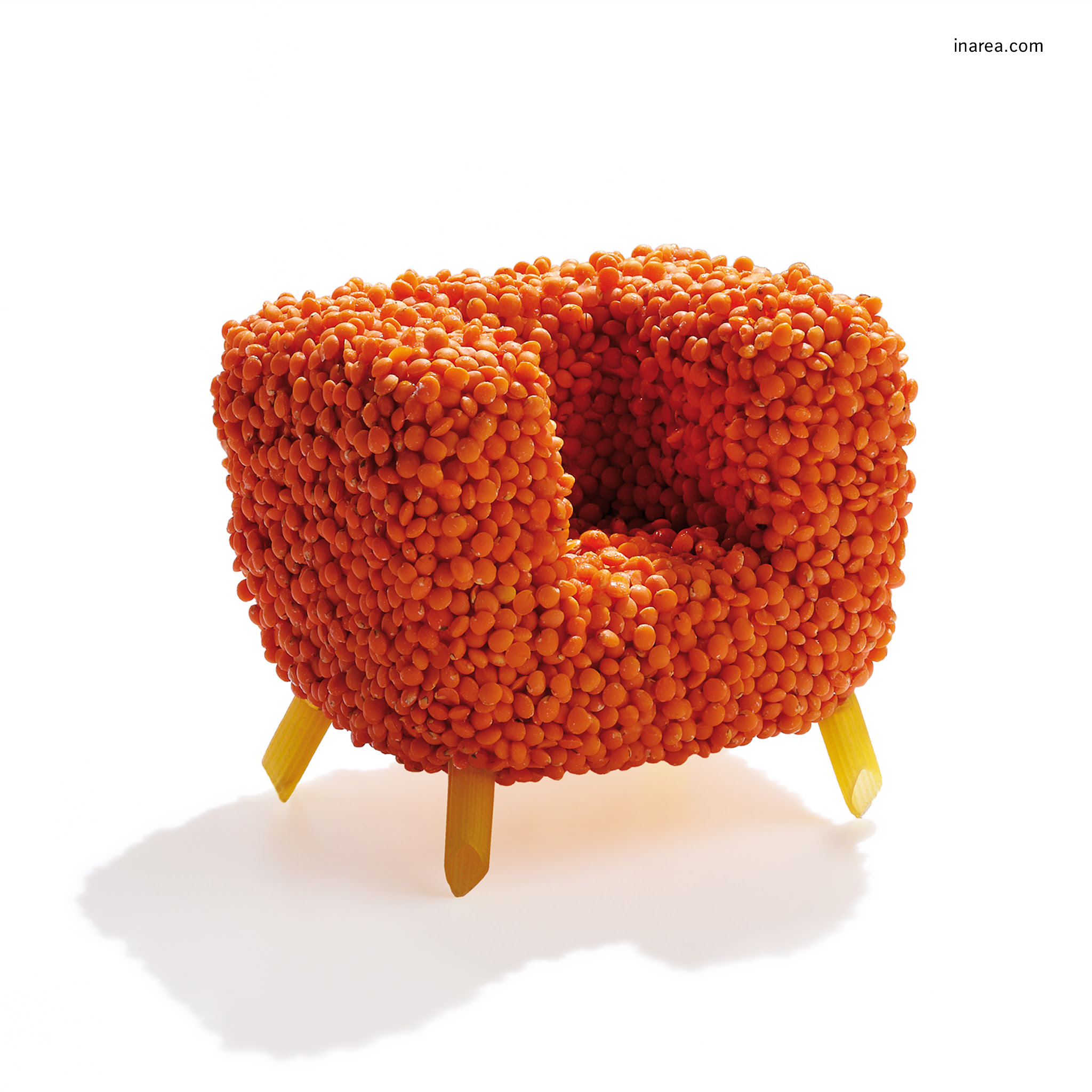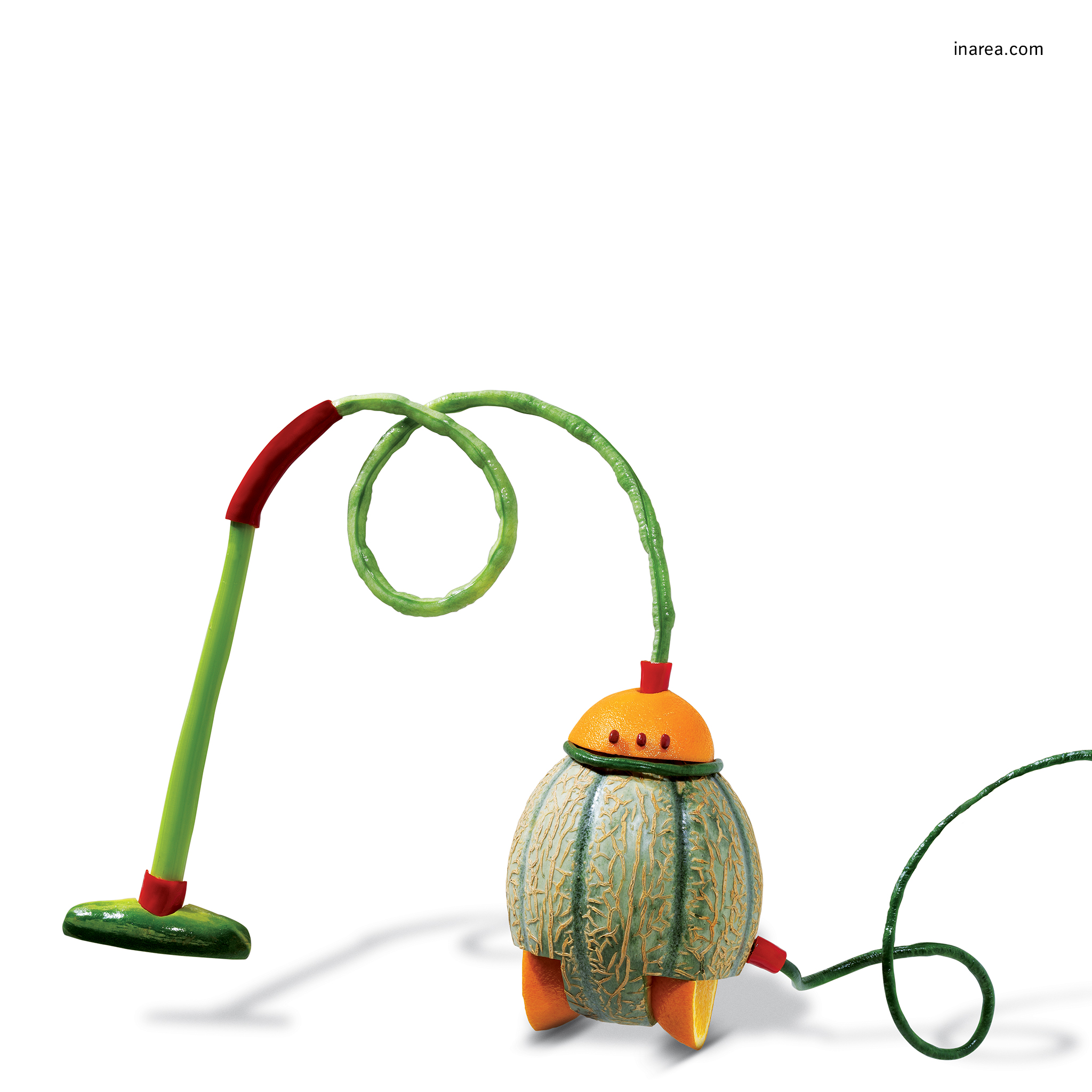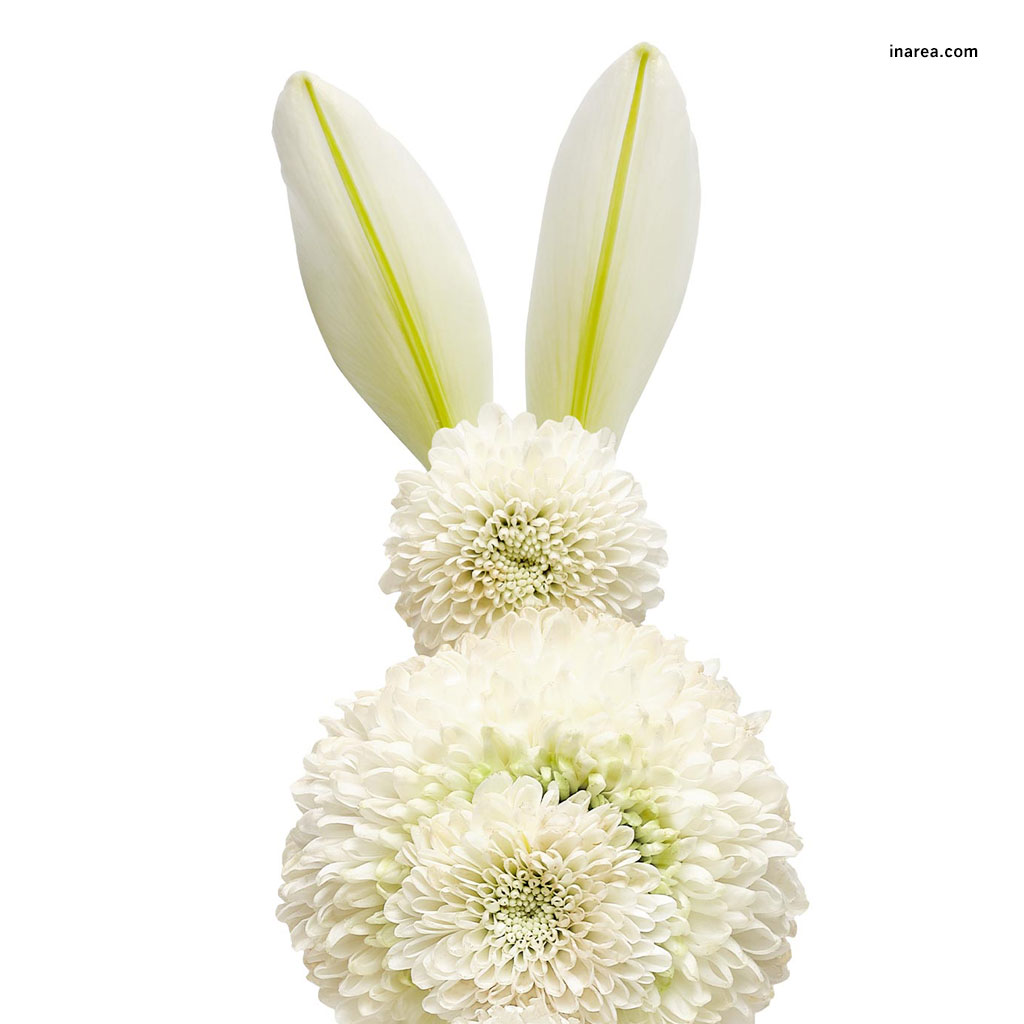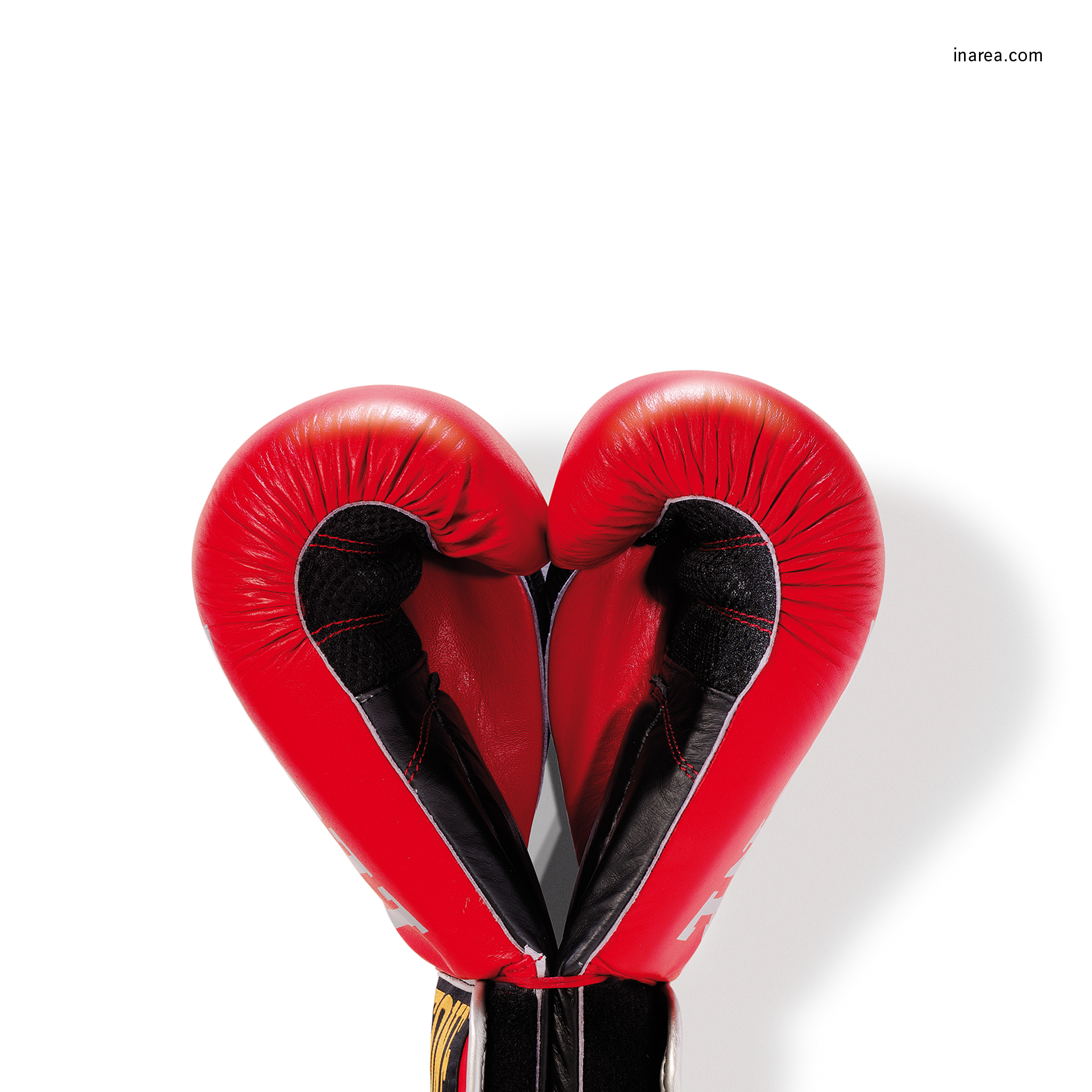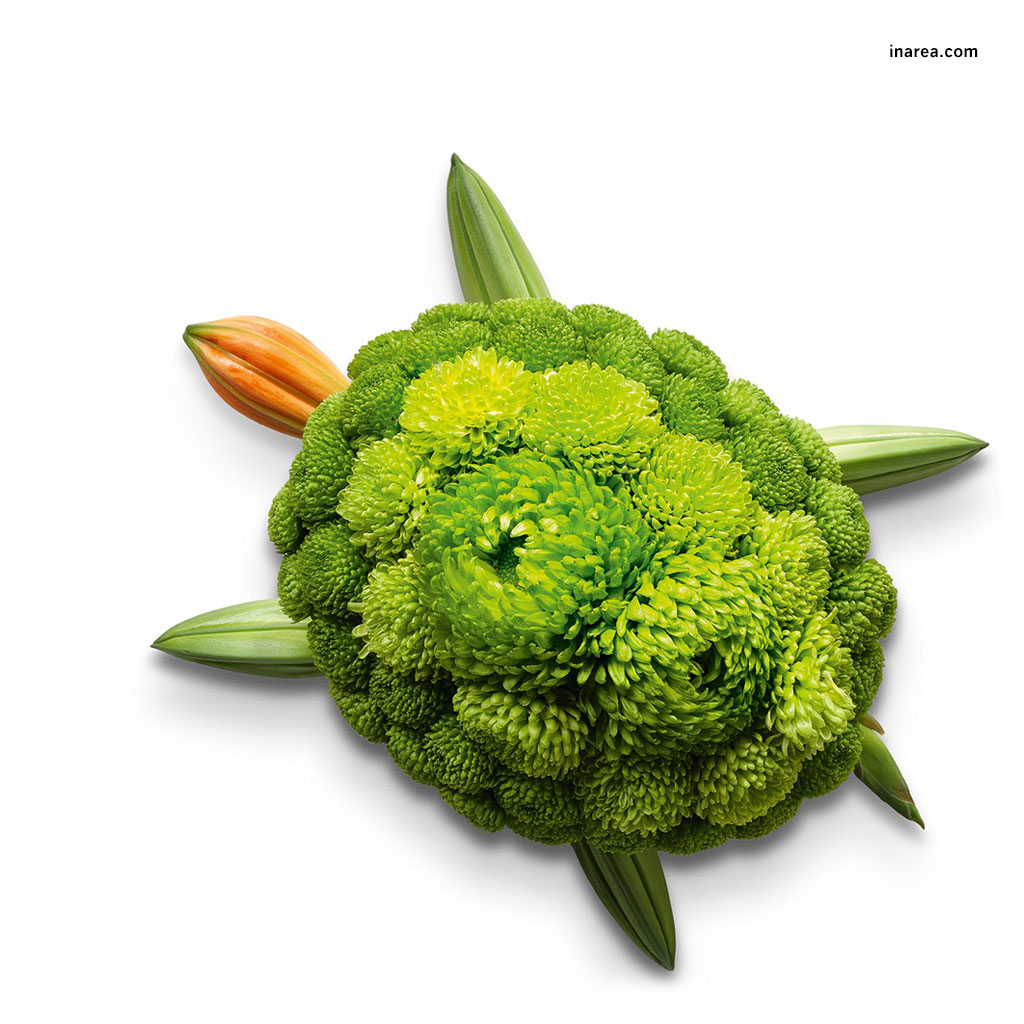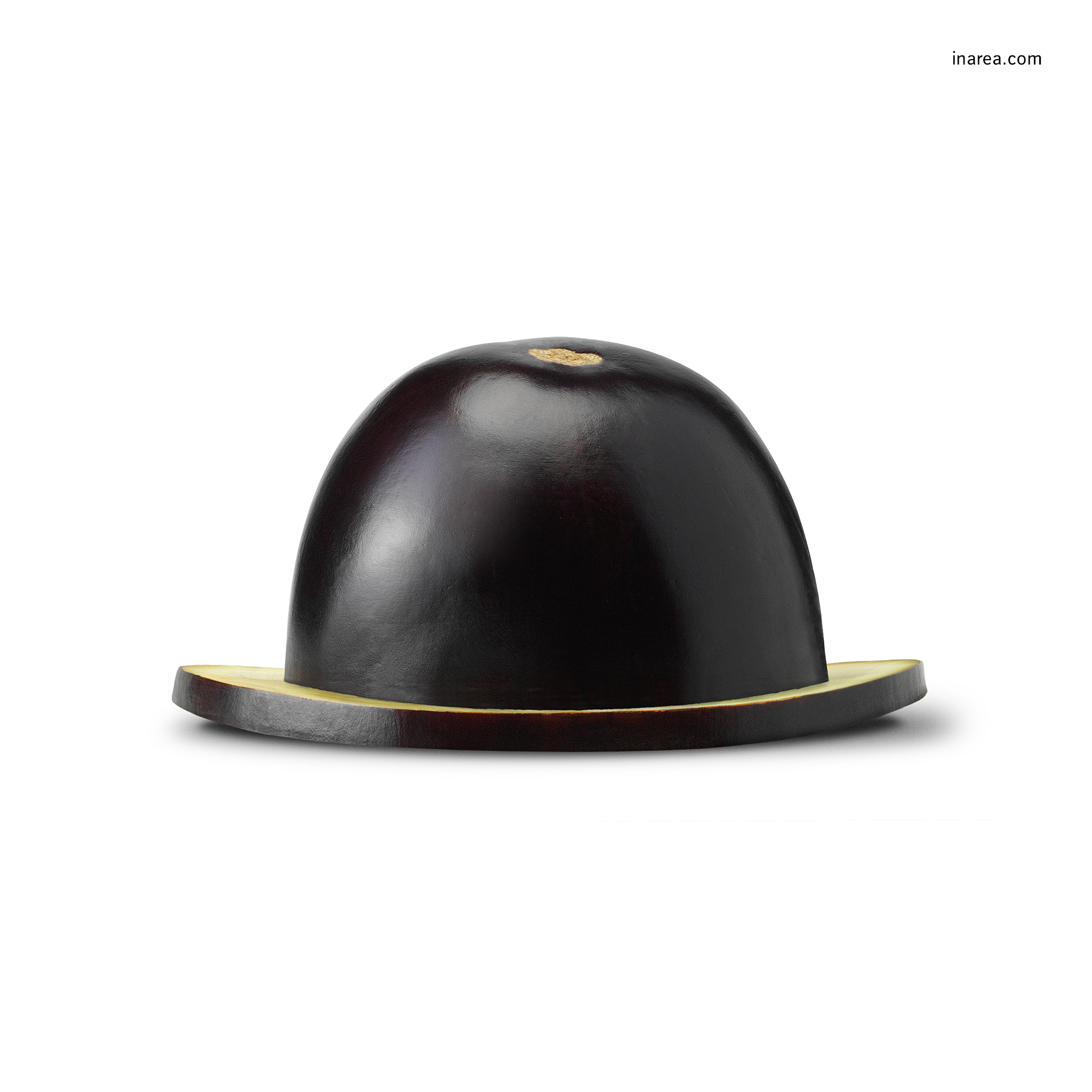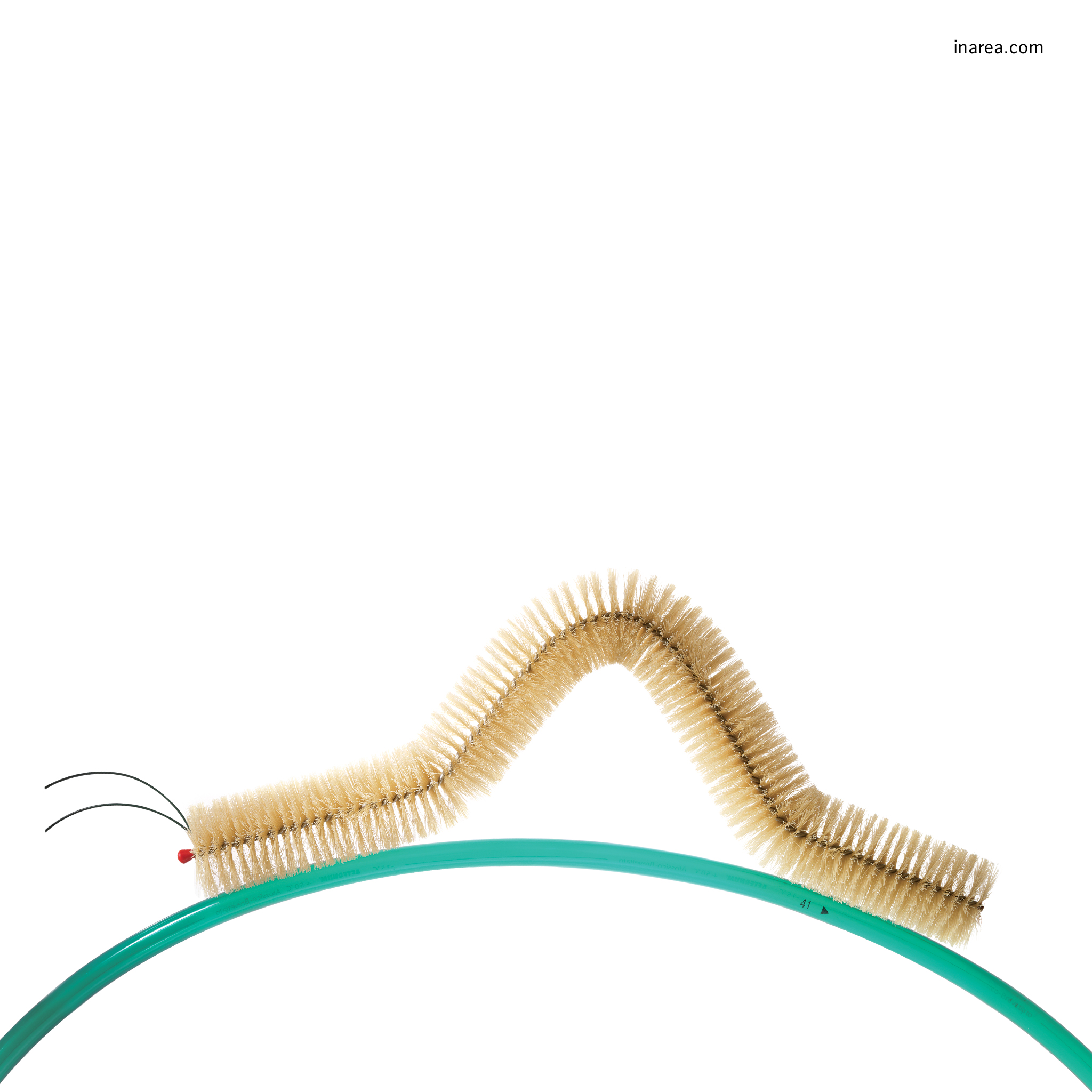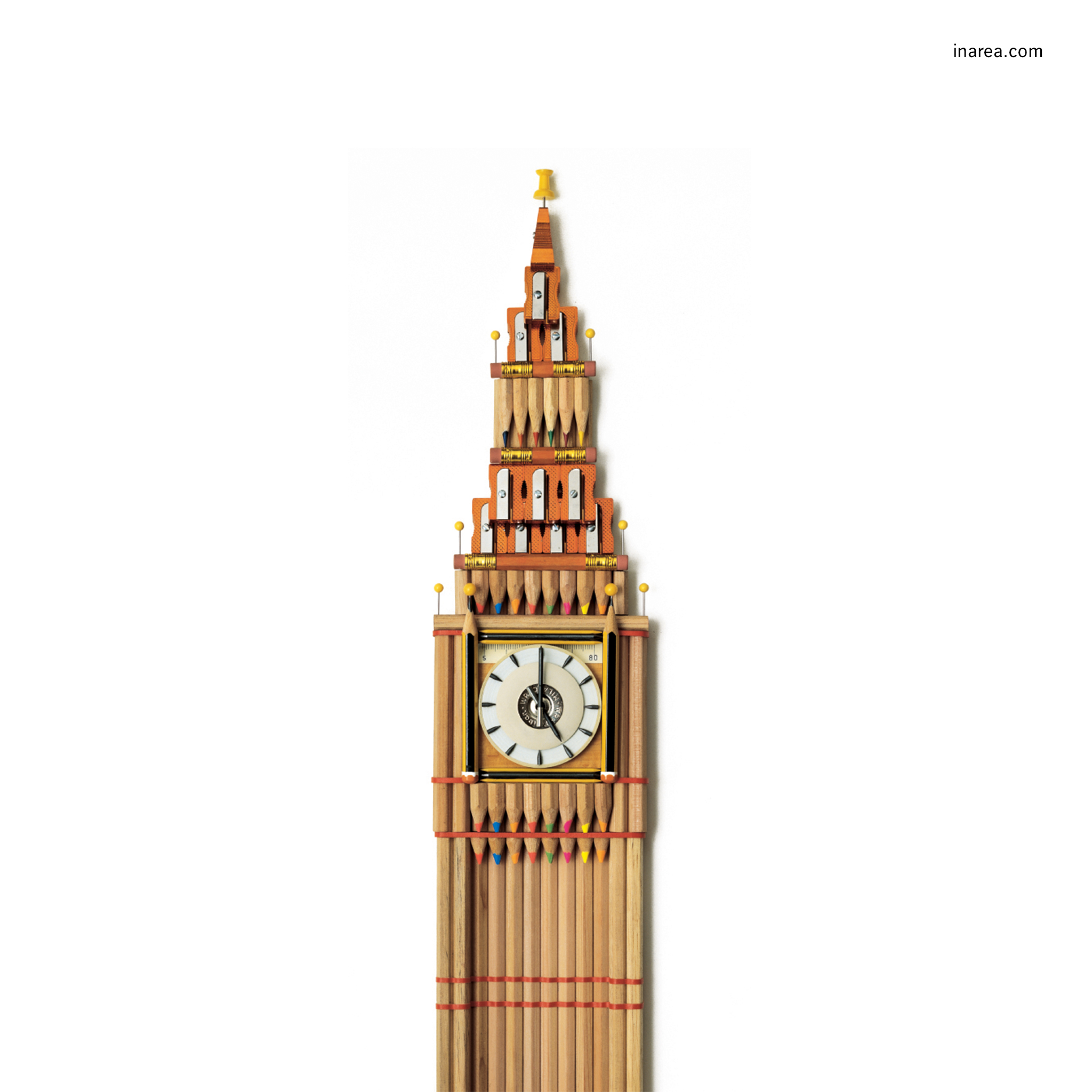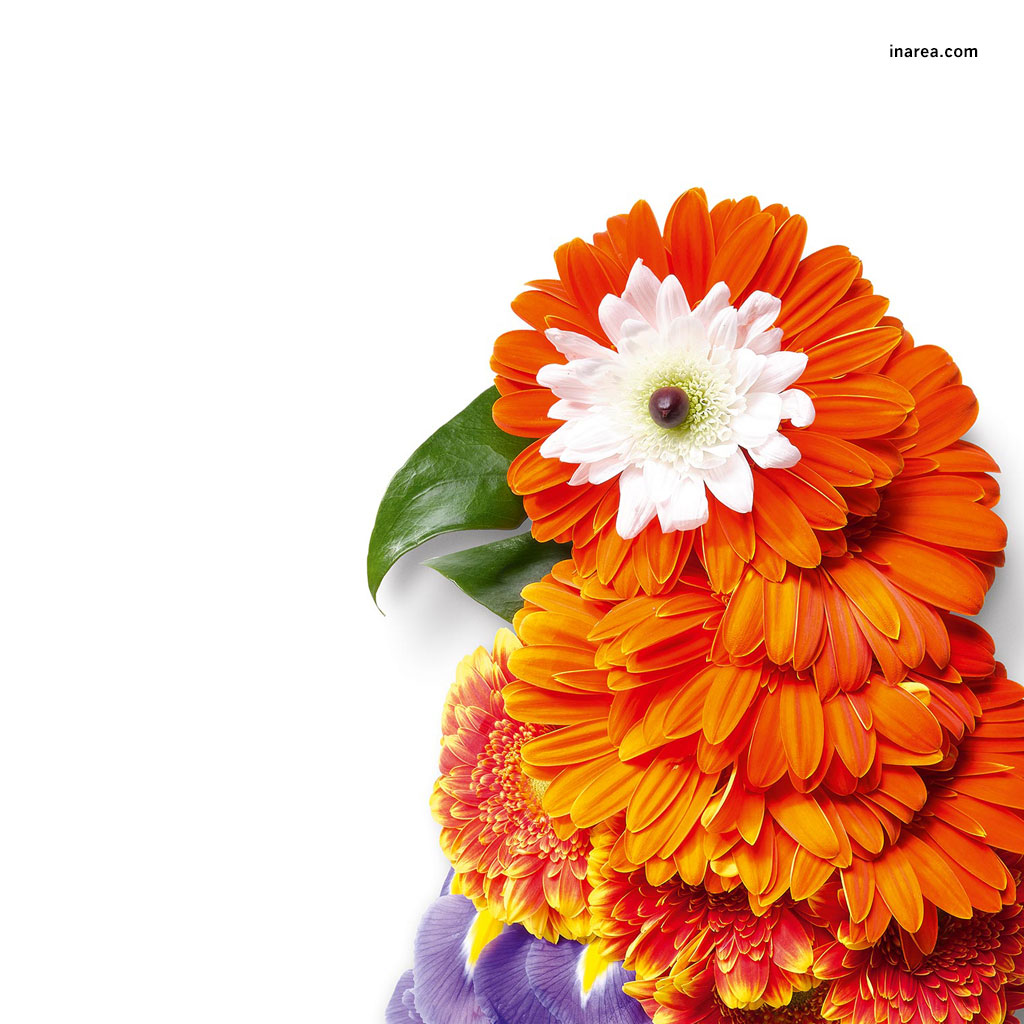Wedge by wedge
Certain symbols have a specific size depending on their address. For Westerners, whether they be werewolves or lovers, the moon always tends to be a (more or less) full moon. In the case of Islamic peoples, it is instead a crescent moon (associated with a star) that one finds on the flags of many states. … Read more

